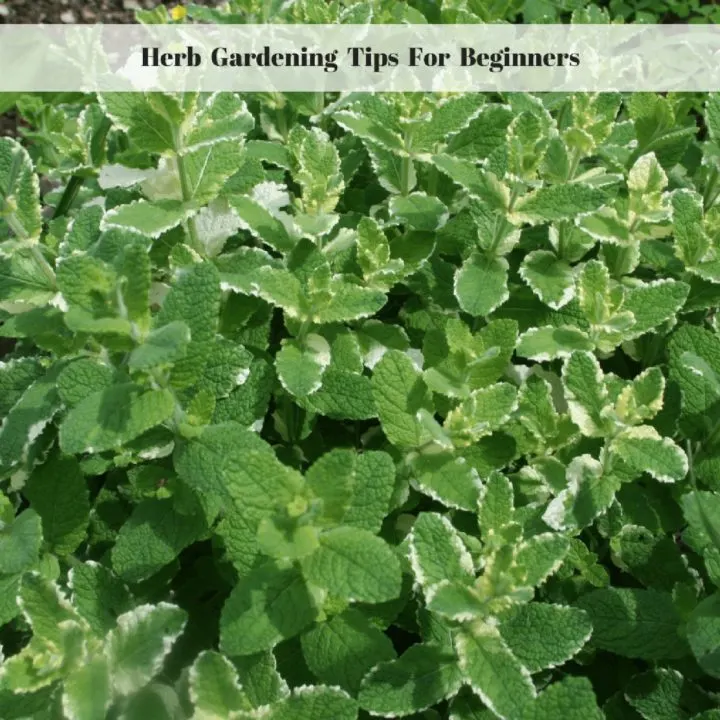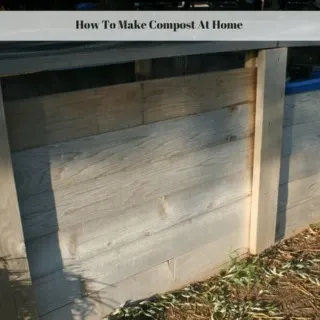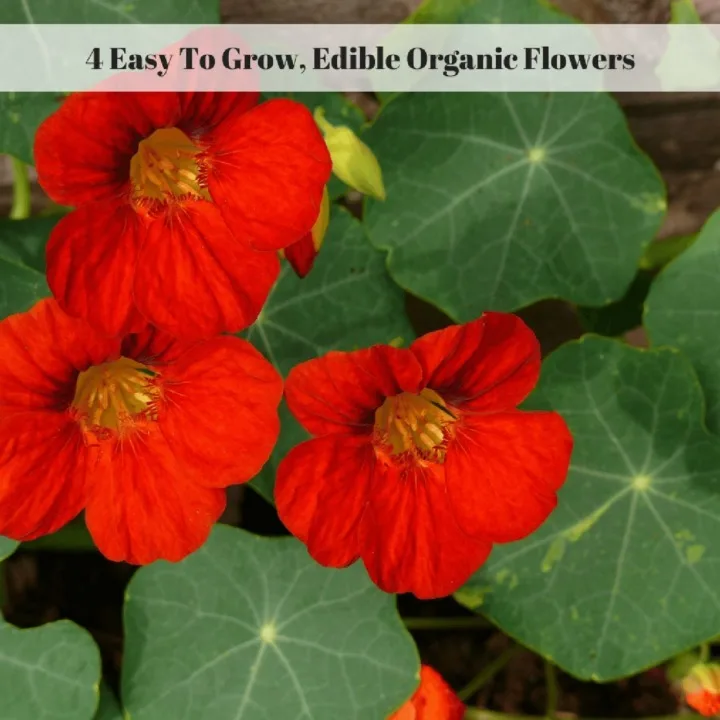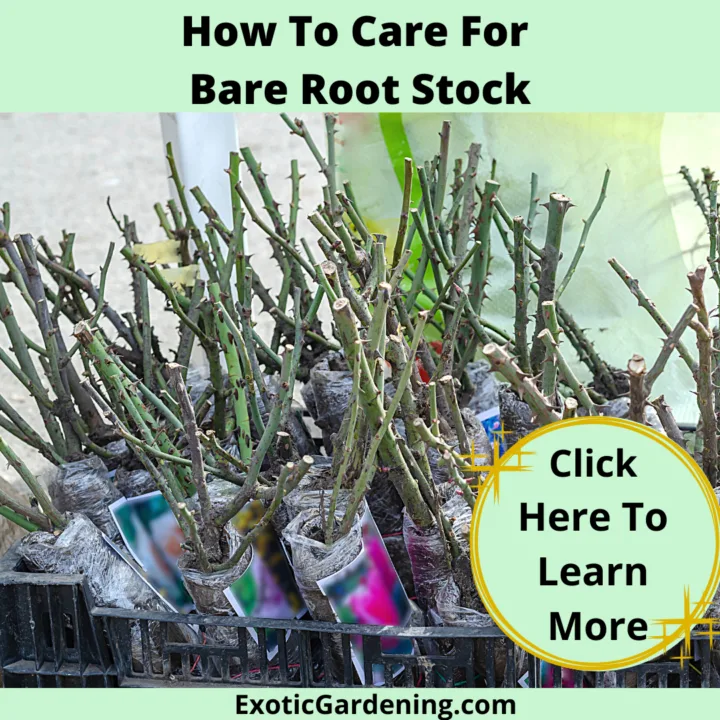It is important to know your USDA hardiness zone so you have a better understanding of what kind or variety of plant is best for you to buy, when to plant, what grows best in your climate, and how to better take advantage of your specific growing conditions.
About The USDA Hardiness Zone Map
The USDA Zone Map consists of Canada and the United States and it divides these regions into 11 different zones seperated by a 10 degree difference in terms of the average coldest winter temperature.
The zones are arranged based on what the expected lowest winter temperature is, based on the climate average.
The current Zone Map averages are derived from the winter averages of 1974 - 1986.
Know What to Plant
For you to accurately know what to plant, you must know your USDA hardiness Zone.
The Zone Map will help you decide if a plant will survive in your area, as well as if the plant is a perennial, or an annual.
For example, if I am looking at a plant that is hardy in Zone 5 through Zone 10, considering the fact that I live in Zone 5, the plant is hardy to my area.
If your zone falls between the range stated for the plant, then the plant is hardy for your area.
So this particular plant is also hardy or can be a perennial in zones 5, 6, 7, 8, 9, and 10.
If a particular plant says that it is hardy down to Zone 5, then it will should be hardy to a warmer climate, however some plants simply do not thrive in warmer conditions.
If your zone is lower than the zone listed on your plant info, then that particular plant, tree, or shrub will not be hardy to your zone, and you will need to treat this plant as an annual.
For example, I am in Zone 5, if a plant says that it is hardy to Zones 9 - 11 that means that I will have to treat this plant as an annual here in Zone 5.
Once you know your zone, it becomes much easier to determine if a plant will be perennial and survive winters in your area.
How USDA Hardiness Zones Work
It is important to note that the zone map is based on the plant being planted into the ground.
It does not take into consideration your season extending greenhouses or covering which typically raise your hardiness zone by 2 zones.
For example, I am in USDA Hardiness Zone 5, so with a single layer of 6 mil. plastic cold frame I can raise my hardiness zone to a zone 7.
Raised beds and pots will also be cooler than the ground and are more likely to freeze, so I also take this into consideration.
Plants are less hardy in a container or raised bed than they would be in the ground.
If you are planting in any kind of raised bed or container, you will need to decide upon a plant that is hardy to at least two zones less than the zone you live in.
For example, I live in Zone 5, but if I was doing my planting in pots outside, I would need to select plants that are hardy to Zone 3 and under.
If you are moving towards a more sustainable, lower maintenance, perennial garden it is imperative that you know your zone, the zone tolerance of the plant, understand how the USDA hardiness zones work, and plan accordingly to these details.
Yes, You Can Fool Mother Nature
It is possible to fool a plant into performing year round or overwintering in a climate it is not hardy in as long as it receives an adequate amount of light, the proper temperature, enough fertilizer and water.
Gardeners have been doing this for many years, especially with vegetables and once you learn how to accomplish this you will be surprised at what you can grow under cover, year round or simply keep alive during the winter months in the ground.
Creating an artificial environment that plants will thrive in is not hard.
A simple structure covered in clear plastic can raise the growing temperature inside of it enough to grow plants year round that might otherwise perish if they were left exposed to Mother Nature’s elements.
Fooling Mother Nature is easy, it can be done with virtually any plant and a covered garden structure such as a cold frame or greenhouse.
The question you need to answer is how far are you willing to go to be able to grow what you want to grow year round.
For most gardeners, simply growing what thrives in their USDA Hardiness Zone is good enough for them.
Gardening Tips For Beginners
Gardening Tips For Beginners
These gardening tips for beginners will help you get your first garden started right. Tips on gardening planning, caring for bareroot plants and more.
Herb Garden Tips For Beginners
From how to grow herbs to how to harvest herbs and everything in between, these herb garden tips give bite sized information ideal for beginners.
Herb Gardening Tips For Beginners
Follow these simple herb gardening tips for beginners to successfully start your herb garden. These herb garden tips are ideal for container gardens too.
Learn What To Plant In This Easy Herb Garden For Beginners
Knowing what to plant makes creating an easy herb garden for beginners to tend much more enjoyable. Try these eight herbs.
Gardening During A Heatwave
Gardening during a heatwave is not ideal for you or your plants, but done right, your plants will not only live but thrive.
How To Make Compost At Home
Learn how to make compost at home using materials you already have on hand and are likely to throw into the trash and send to the local landfill.
The Best Time To Plant Bulbs
Have you ever wondered what time of year to plant bulbs? Find out what the best time to plant bulbs is according to your specific bulb planting region!
4 Easy To Grow, Edible Organic Flowers
Check out these four easy to grow edible organic flowers that provide food for you, nectar for pollinators plus double as companion plants!
5 Quick Gardening Tips To Save You Money
Garden tips for beginners - and advanced gardeners alike - that are sure to help save money. These gardening tips are about more than just plant care!
Four Perennial Plants That Are Easy To Care For
These four perennial flowers are easy plants to care for. They multiply easily plus they attract a number of pollinators including butterflies and bees.
How To Deadhead Dianthus
Learn how to deadhead dianthus to get it to re-bloom or keep it tidy! Today I am going to share with you my how to deadhead dianthus flowers video.
7 Easy Tips for Successful Container Gardening
Show your passion for successful container gardening by excelling at it. These 7 container gardening tips are sure to increase your success.
Tips For Starting A Container Garden
Growing plants in containers is an ideal alternative to growing plants in the ground. Check out these tips for starting a container garden.
Best Advice On How To Grow and Harvest Organic Cotton At Home
Learn how to grow and harvest organic cotton at home, even in northern climates, with beginner-friendly, step-by-step tips.
How To Care For Bare Root Stock
Learn how to care for bare root stock such as roses, woody plants or bulbs that typically are the first to arrive in stores or via mail order.
Learn How To Garden
Learn how to garden with online courses, eBooks, paperback books and printables from gradening expert Sheri Ann Richerson.























